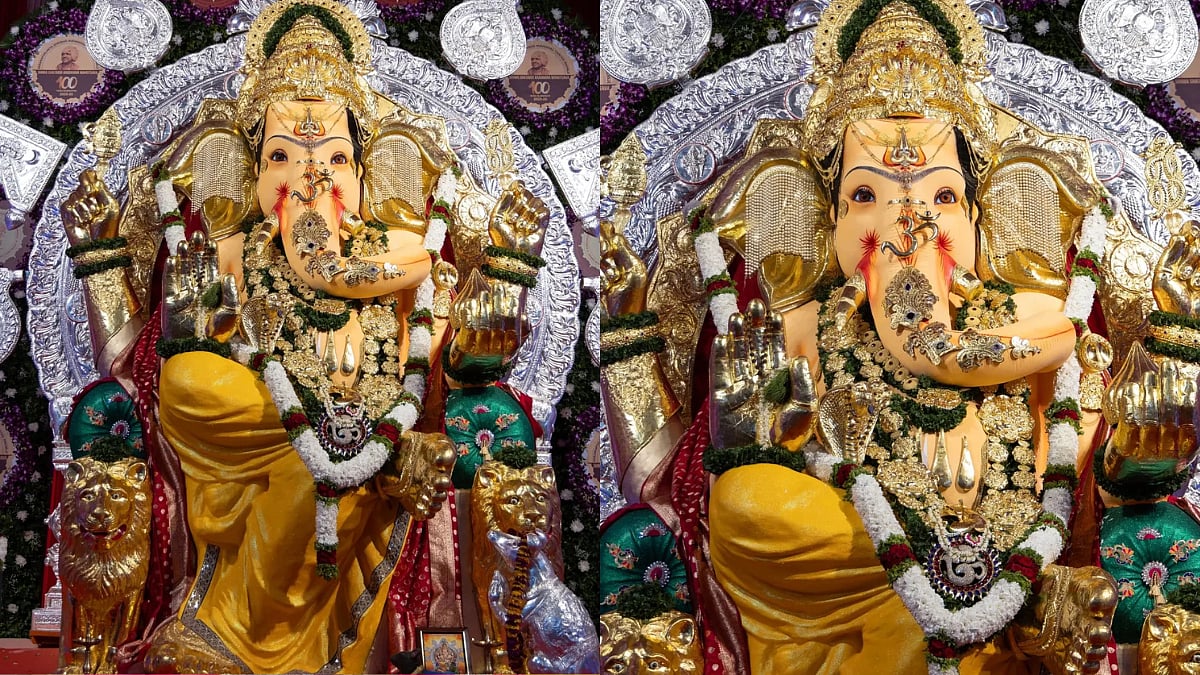“I offer a draw”, declared my seasoned opponent during the sixth round of the Annemase International Open last year. It was only the 31st move, but I was under serious time pressure already. Being Black, I had played most of the game under considerable pressure over the board. Now with only a minute left on my clock, I heaved a sigh of relief. At least I wont lose on time now, I thought to myself!
Nevertheless, my opponent was a Grandmaster and his draw offer despite the time advantage on his clock made me wonder whether he disliked his position. I quickly turned my focus back to the position. A couple of moves ago I had evaluated it to be equal. Had anything changed? I calculated a variation, or two, and decided that even though I might have a tiny advantage here, the 30 seconds per move increment may not be sufficient to convert it to a win. Moreover, what if my intuition was wrong? There was no time left on the Clock to verify my assessment with concrete calculation. Besides, there was a danger of losing on time or blundering over the board due to a lack of time and the nervous energy accompanying it.
I quietly accepted his offer. The game was drawn by mutual agreement, meaning we had agreed to split the point 0.5 – 0.5.

As we briefly discussed the final position after signing the score sheets, the scale of my advantage dawned upon me. Additionally, all the plans my intuition had been screaming out to me were working out perfectly! If only the game had continued for a couple of moves ahead, the advantage would have widened and my nervousness could have transformed into confidence. Upon this, my opponent chuckled: “Aah, so it seems, I offered a draw at the right moment!”
A well-timed draw offer can be a strong psychological ploy exhibiting cool confidence in a worse position, or just plain old practicality. For example, there are a few positions in Chess where both sides are stuck, unable to progress. These positions would end in a draw, no matter how many moves you play, no matter how badly your opponent plays, simply because it is impossible to make a mistake in those positions.
The diagram below is a case in point:

Neither Side can make progress |
Such positions are either declared a draw after fifty moves, or the players simply make a draw by agreement. These rules have been introduced so that players do not keep prolonging the game endlessly in positions where no progress can be made and the only possible outcome would be a Draw. After all, the next round needs to start on time!!
How ‘Draw’ occurs
Draws in chess can arise in multiple ways:
Fifty-Move Rule: If fifty consecutive moves occur without a pawn move or a capture, a draw can be claimed. This prevents endless manoeuvring without progress.
Insufficient material: If neither player has enough pieces to checkmate (for example, lone king vs. lone king), the game is drawn by default.
Mutual agreement: The often debated rule of the “draw offer”, where both players are satisfied with a draw and decide to split the point, considering various parameters. The draw offer serves practical purposes in long tournaments where energy conservation is crucial.
Threefold repetition: If the same position occurs three times on alternating moves, with the same side’s turn to move during each repetition, a draw can be claimed. This discourages infinite repetition in games.
Perpetual check: A cousin of the threefold repetition where one player can repeatedly check the opponent’s king without escaping, on the same corresponding squares on alternate moves, forcing a draw.
Photographic draw: Another cousin of the threefold repletion of the moves: here it is not necessary for the position to be repeated in alternating moves, the only criteria to be met is that the exact position occurred three times at any point during the game, with the same side’s turn to move.
Stalemate: A position where one player has no legal moves but is not in check. We looked at this concept a couple of weeks ago!
The concept of offering a draw during the game is unique to Chess. The rule by itself comes with pros and cons. Chess is not just a battle of brute force but also decision-making and judgment. Assessing a position as equal and agreeing to a draw offer could be a sign of deep understanding in certain games, while it could be fear disguised as maturity in others – as we gain experience we learn to recognise the difference. Conversely, rejecting a draw also demands an objective assessment of the position, and is often a sign of confidence and self belief. At times, it serves as a loud statement in the quiet chess room that declares — I am not afraid!
(Soumya Swaminathan is an International Master and Woman Grandmaster in Chess. She has been World Junior Champion and Commonwealth Gold Medalist)










